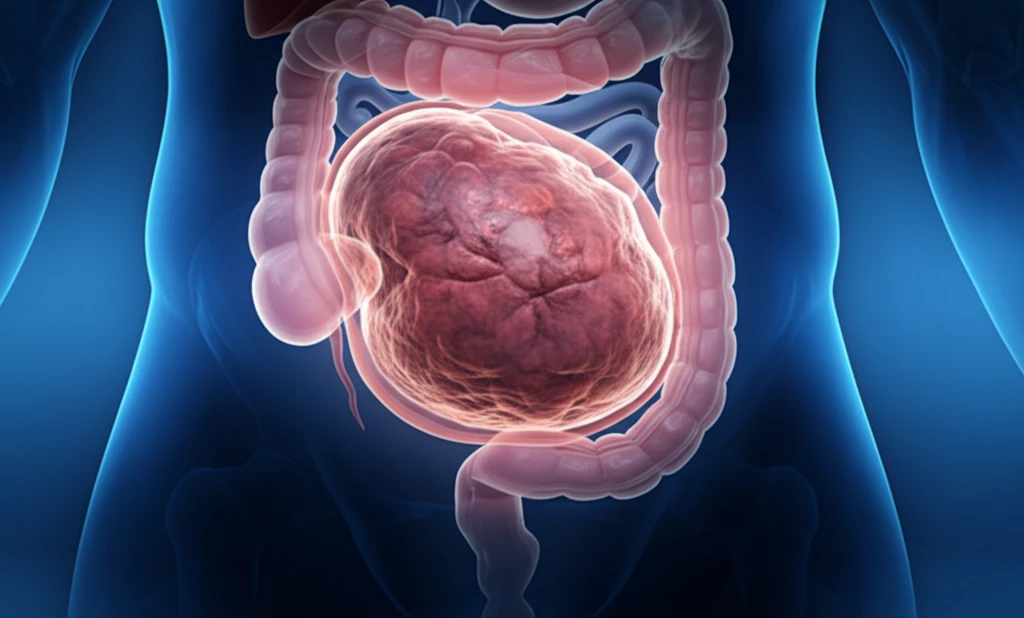
The Enigmatic Mesothelial Cyst: Unraveling a Rare Abdominal Mimic
"A deep dive into a rare case where a simple mesothelial cyst masquerades as a hydatid cyst, challenging diagnostic assumptions."
In the realm of medical anomalies, few cases are as perplexing as when a benign condition mimics a more concerning ailment. Mesothelial cysts, simple and often overlooked, present a diagnostic puzzle when they imitate other, more well-known conditions. This article delves into a fascinating case where a mesothelial cyst cleverly imitated a hydatid cyst, leading to a diagnostic journey that underscores the importance of thorough investigation and a nuanced understanding of rare conditions.
Hydatid cysts, typically caused by the Echinococcus parasite, are commonly found in the liver and lungs. Their presence often necessitates careful management due to potential complications. However, when a non-parasitic cyst presents similarly, the diagnostic pathway becomes less clear-cut. This is precisely what occurred in the case highlighted in the Pan African Medical Journal, where a 55-year-old female was initially suspected of harboring a hydatid cyst in her liver, only for further investigation to reveal a mesothelial cyst.
The case not only illuminates the challenges in distinguishing between different types of abdominal cysts but also emphasizes the critical role of advanced imaging and pathological examination in arriving at an accurate diagnosis. By exploring this specific instance, we gain insights into the nature of mesothelial cysts, their clinical presentation, and the strategies used to differentiate them from other abdominal abnormalities.
The Case Unveiled: A Diagnostic Odyssey

The patient, a 55-year-old woman, presented with right hypochondrium pain, leading to an initial suspicion of a liver hydatid cyst. An ultrasound revealed a 14 cm cyst, classified as Type 2 according to Gharbi's classification, in the right lobe of her liver. This initial finding strongly suggested a hydatid cyst, a parasitic condition endemic in many regions. However, further investigation via abdominal scanning uncovered more than initially suspected.
- The liver cyst was indeed treated conservatively, aligning with hydatid cyst management protocols.
- A right colo-parietal detachment revealed a retroperitoneal cyst with thin, translucent walls and serous content.
- Enucleation of this cyst was performed, allowing for detailed pathological examination.
- Post-operative pathological analysis confirmed the cyst to be a simple mesothelial cyst, altering the course of treatment and follow-up.
Lessons Learned and Clinical Implications
This case underscores several critical points for clinicians. First, it highlights the importance of maintaining a broad differential diagnosis when evaluating abdominal cysts. While hydatid cysts are relatively common in certain regions, other cystic lesions, such as mesothelial cysts, should also be considered, especially when imaging characteristics are atypical. Second, advanced imaging techniques, such as CT scans with contrast, can provide valuable information about the nature of cysts, including their location, content, and enhancement patterns. Finally, pathological examination remains the gold standard for definitive diagnosis, particularly when differentiating between benign and potentially more serious conditions. By remaining vigilant and employing a comprehensive diagnostic approach, clinicians can ensure accurate diagnoses and optimal patient outcomes.
